Yellow Daisies: [Characteristics, Cultivation, Care and Disadvantages]
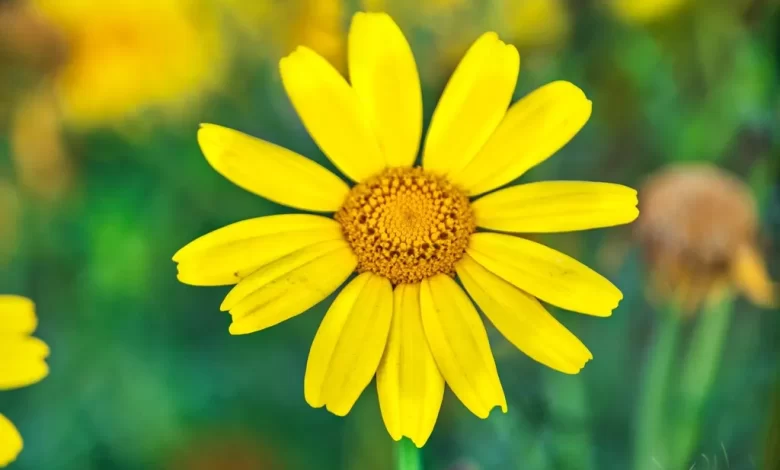
Important points when planting yellow daisies:
- When? The best time to plant yellow daisies is during the spring.
- Where? Yellow daisiesshould be planted either in the garden or in pots, but always placing them in places where they can receive direct sunlight.
- How do we water? The irrigation of the daisy plant is not a problem, since it withstands drought well, but it requires good hydration to maintain its flowering.
- How often do we water? Experts recommend watering the yellow daisy plant once or twice a week, in very hot summer times, and reducing watering during the winter.
- What care does it require? The substrate for growing yellow daisies must be light, loose and with good drainage capacity. The plant should be located in full sun or in a well-lit place.
- What pests and diseases affect you? Yellow daisies are susceptible to attack by aphids and can also suffer from powdery mildew disease.
What characteristics do yellow daisies have?
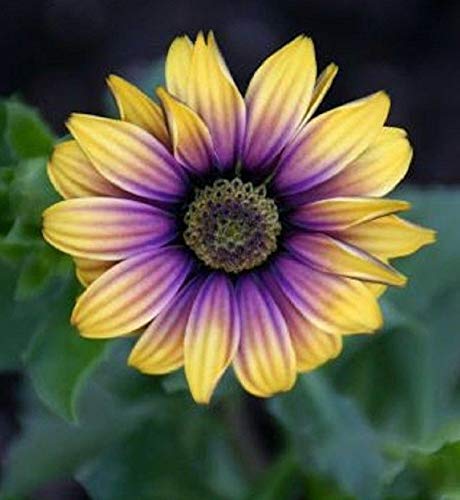 Yellow daisies – Euryops Pectinatus-, belong to the Asteraceae family and to the compound species of which the sunflower is a part.
Yellow daisies – Euryops Pectinatus-, belong to the Asteraceae family and to the compound species of which the sunflower is a part.
It is a species native to South Africa and they are very accustomed to Mediterranean climates.
The yellow daisy bush has a rounded shape, with perennial leaves that can reach a height of one and a half meters.
The leaves have well-marked lobes of an intense green color that pales over time until it acquires a grayish tone.
Its yellow flowers are formed by petals, between eleven and fifteen, and in the middle they have a central button that has countless floral chapters. They are herbaceous outdoor plants that bloom during the spring.
Yellow daisies are beautiful flowers that are highly valued for decoration, since they serve to give light and color to sad and gloomy spaces. Throughout history, yellow daisies have symbolized fidelity and loyalty.
The shape of yellow daisies and their delicate elegance have been represented by artists such as Vincent Van Gogh (Daisies and Anemones), Pierre Renoir (Flowers in a Vase), and Andy Warhol (Flowers).
When to sow yellow daisies?
The best time to plant yellow daisies is during the spring. It is the best season for planting the plant because soon the seeds will begin to give the first shoots. From there will soon come out the bright flowers of daisies.
Where to plant yellow daisies?
Yellow daisies should be planted either in the garden or in pots, but always placing them in places where they can receive direct sunlight.
How do we water yellow daisies?
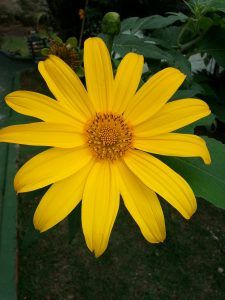 The irrigation of the daisy plant is not a problem, since it withstands drought well, but it requires good hydration to maintain its flowering.
The irrigation of the daisy plant is not a problem, since it withstands drought well, but it requires good hydration to maintain its flowering.
The amount of water needed to grow daisies will also depend on the quality of the substrate and the type of drainage. It is always better to water yellow daisies with less water than flooding it.
Excessive moisture in the plant can cause fungal diseases.
How often do we water the yellow daisies?
Experts recommend watering yellow daisies once or twice a week in very hot summers. And reduce the risks during the winter. When the yellow daisy plant is grown in pots, it should be watered once a week to keep it well hydrated.
How to plant a yellow daisy step by step?
The yellow daisy plant can be grown from seed or cuttings during the spring.
- Select seeds or cuttings of the yellow daisy that come from a specimen in good phytosanitary status.
- The cutting must undergo a hormonal process before planting.
- Choose a cutting of 20 to 25 cm from which the leaves of the lower third will be removed and the bark will be cut, until you see the green interior of the cutting.
- Fill the pot with a universal substrate mix with some sand or perlite.
- Sow the seed or cutting in the pot or directly in the garden.
- Water abundantly without flooding. Then once or twice a week, depending on the ambient temperature.
- Locate the yellow daisy plant in full sun, as it will bloom more and better.
- Take care and maintain the relative humidity of the plant to prevent it from drying out completely and thus prevent the attack of powdery mildew.
- With the first rains, its seeds germinate quickly and in a short time they will give way to yellow daisies.
What care do yellow daisies need?
The yellow daisy plant is a very easy to care for shrub. The most important is:
- The substrate for growing yellow daisies must be light, loose and with good drainage capacity.
- Locate the plant in full sun or a well-lit place. The more light it receives, the more flowers it will produce.
- It withstands frost well, as long as it is not excessive or below -10º C.
- Cultivate in any climate on terraces, gardens, but its ideal temperature is between 15º C and 25º C.
- It does not require fertilizers for its growth, but to support its flowering it is recommended to place some type of fertilizer for flowering plants with a low level of nitrogen,
- It is not recommended to grow indoors, as they will not be able to receive nutrients from direct sunlight.
- Prune yellow daisies drastically, once they are old, to give them shape and help their new development.
- Cut the tips or branches periodically to prevent any type of disease
- Avoid the complete dryness of the substrate and the leaves of the yellow daisies to prevent the appearance of fungi such as powdery mildew.
What pests and diseases affect yellow daisies?
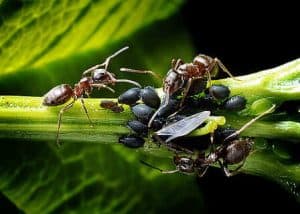 Yellow daisies are susceptible to attack by aphids and can also suffer from powdery mildew disease.
Yellow daisies are susceptible to attack by aphids and can also suffer from powdery mildew disease.
Aphids are very small insects that can suck the sap from the stems of yellow daisies. These insects are very dangerous and have a great ability to reproduce.
To eliminate aphids, it is recommended to apply a preparation of water with a little biodegradable soap to prevent the proliferation of the insect. Powdery mildew, also called blanquecina or powdery mildew, is a cryptogamic disease that mainly attacks the youngest yellow daisies.
It is very easy to recognize because yellow daisies have whitish spots on the upper surface of the leaves and on the stems. Powdery mildew disease is caused by various types of ectoparasitic fungi of the Ericaceae family.
Powdery mildew must be attacked with specific insecticides for this type of fungus and also maintaining care to prevent the appearance of the disease.
Bibliographic references
- Daisies – Choice and Care, C Sala – 2018 – books.google.com
- Mediterranean gardening, JM Sánchez de Lorenzo Cáceres – Eubacteria, nº 22 (2009), 2009 – digitum.um.es
- Analysis of the ornamental flora of the parks and gardens of Carcaixent (Valencia), PV García – Bouteloua, 2008 – dialnet.unirioja.es
- Ornamental flora of the Alcazaba, Gibralfaro castle and Puerta Oscura gardens, Málaga, PS Sánchez, BD Garretas – Bulletin of the Malaga Academy…, 2012 – dialnet.unirioja.es
- Classification of garden species according to their water needs for the Region of Múrcia, FC López – 2006 – caamext.carm.es
Maybe you are also interested in:

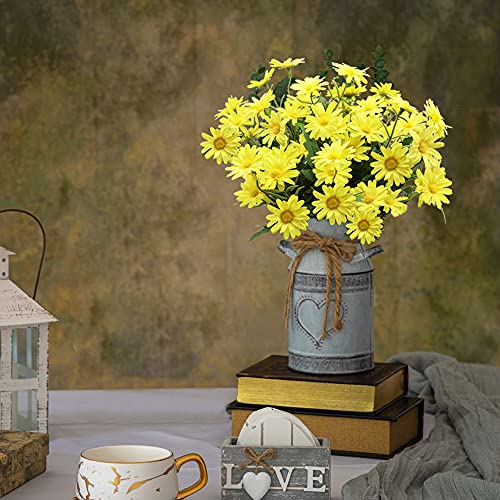
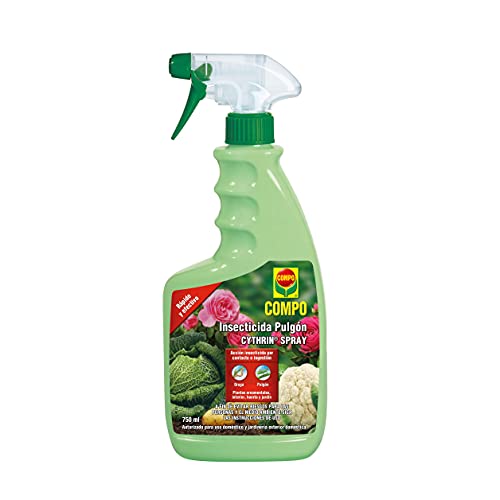
![Photo of Kalanchoe cuttings: [Grafting, Season, Rooting and Sowing]](https://www.complete-gardening.com/wp-content/uploads/2021/06/Esquejes-de-Kalanchoe-390x220.jpg)

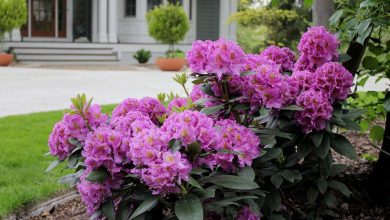
![Photo of Bougainvillea Cuttings in Water: [Concept, Time, Rooting and Planting]](https://www.complete-gardening.com/wp-content/uploads/2022/08/bougainvillea-cuttings-in-water-concept-time-rooting-and-planting-390x220.jpg)